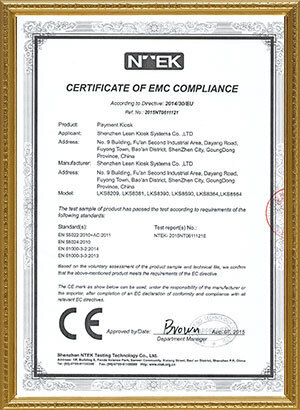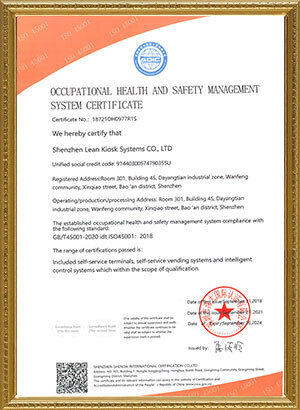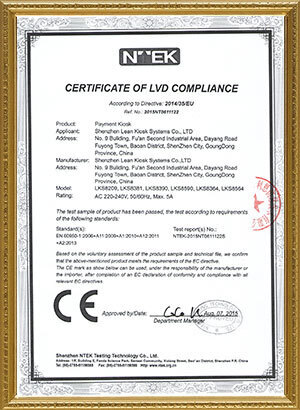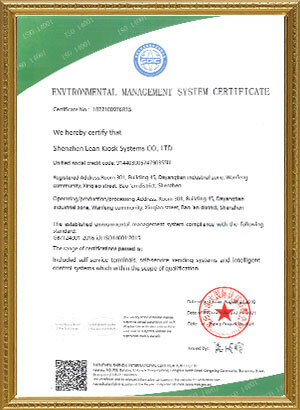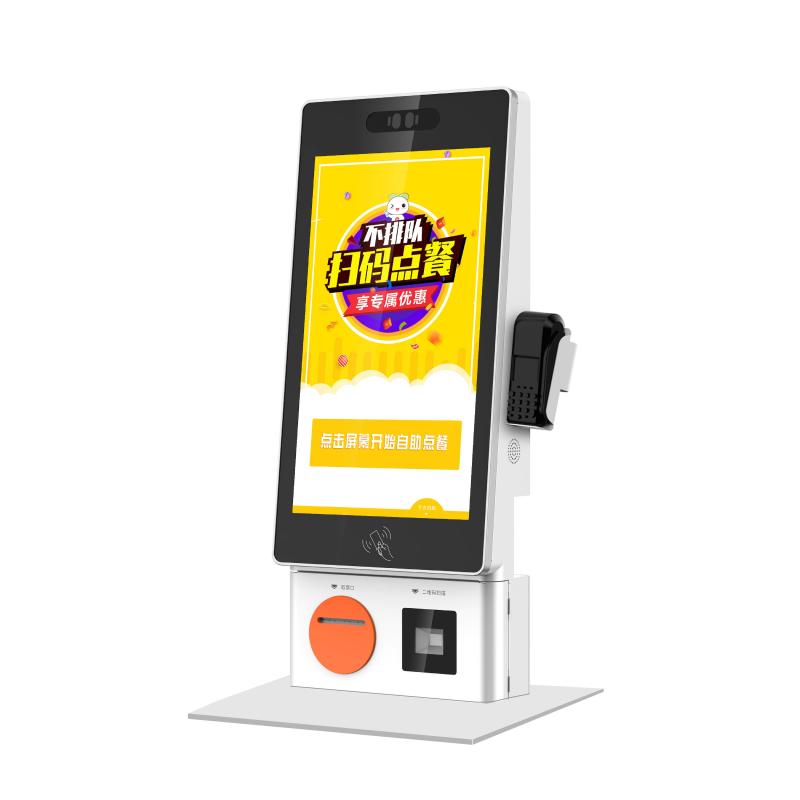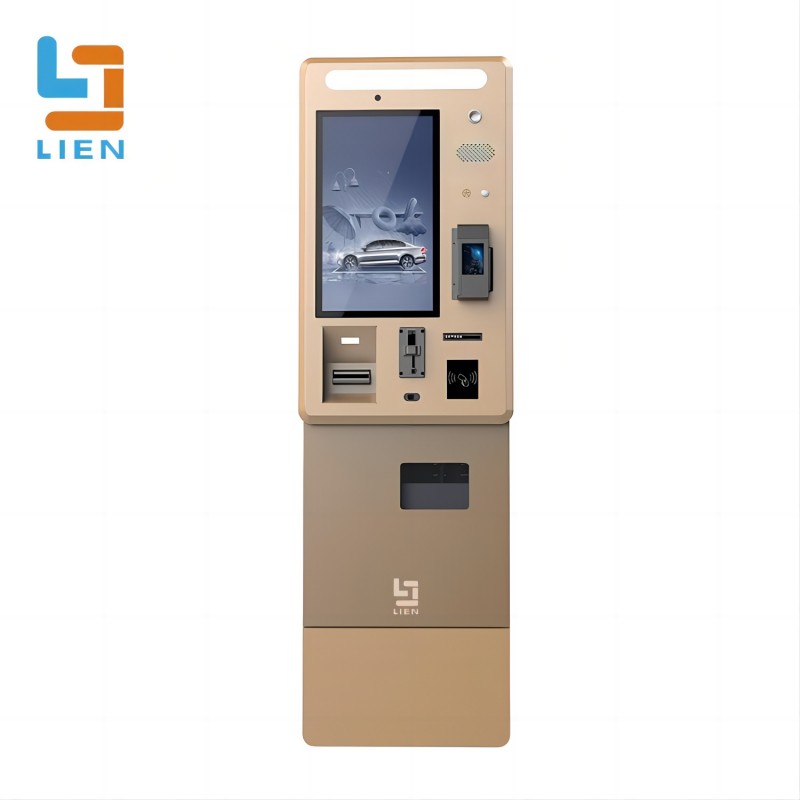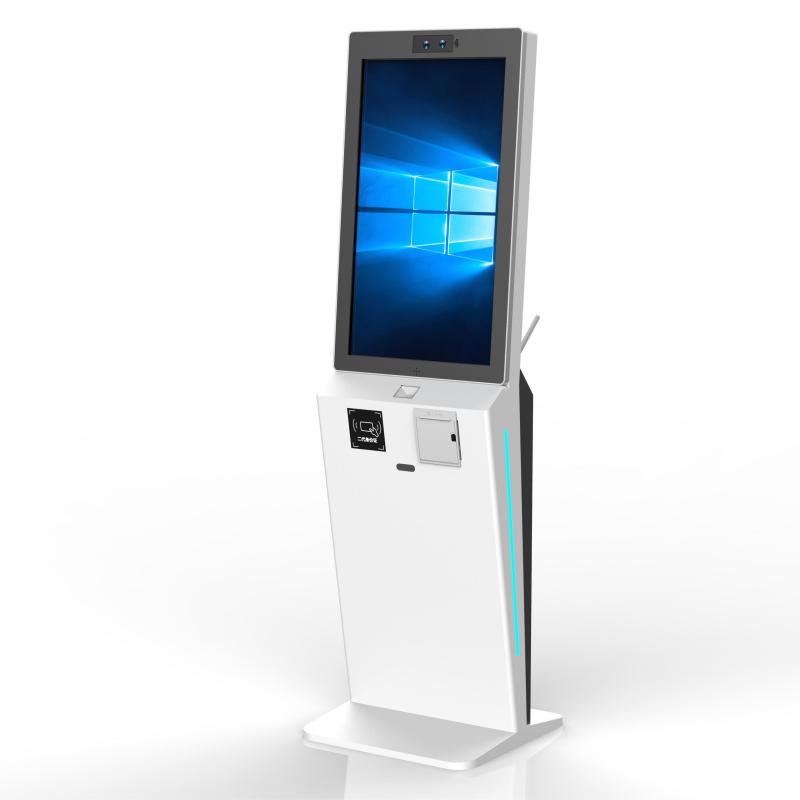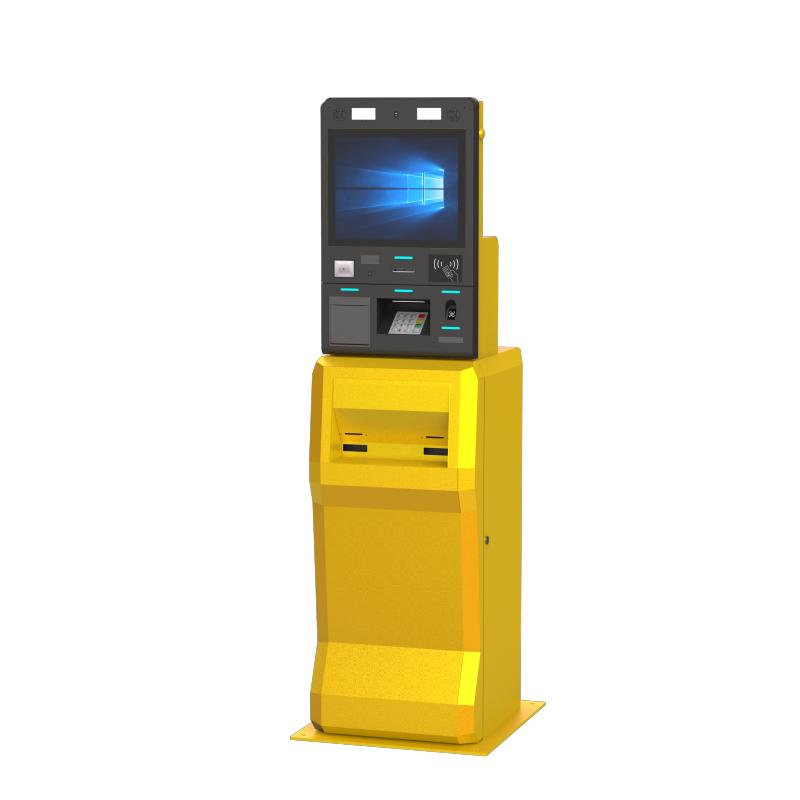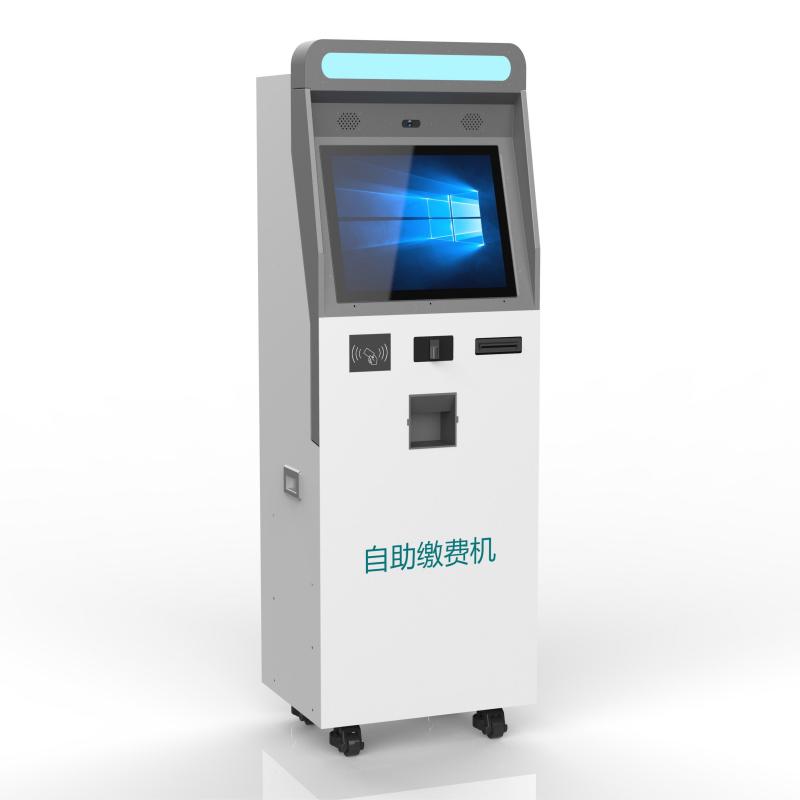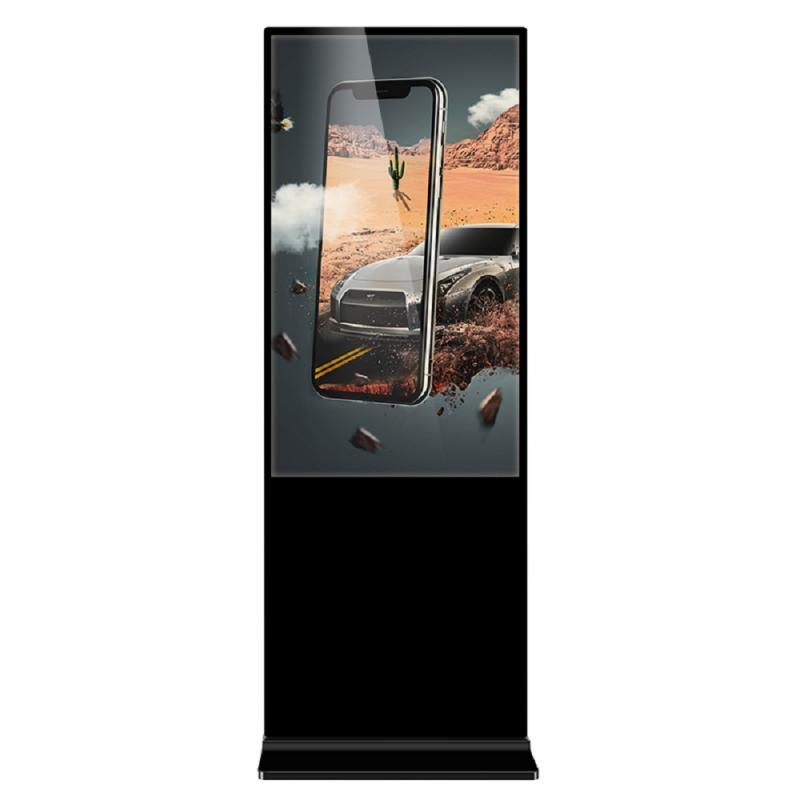





digital kiosk touch screen
digital kiosk touch screen
A digital kiosk touch screen is an interactive display integrated into a digital kiosk, which is a self-service terminal that allows users to perform various tasks independently. These touch screens enable users to interact directly with the kiosk by touching icons, buttons, or menus displayed on the screen. Digital kiosk touch screens are used in a wide range of applications, including retail, hospitality, transportation, healthcare, and information services.
Key features of a digital kiosk touch screen include:
1. Interactive Interface: Provides an intuitive and user-friendly interface for users to navigate and perform tasks such as making purchases, checking in, accessing information, or completing transactions.
2. Touch Sensitivity: Equipped with touch sensors that accurately detect user input, supporting gestures like tapping, swiping, and pinching for zoom.
3. High-Resolution Display: Offers clear, crisp visuals with high-resolution graphics and text, enhancing the user experience and making information easy to read.
4. Durability: Built to withstand frequent use and potential physical stress, often featuring robust materials like tempered glass and sturdy enclosures.
5. Customizability: Allows for tailored interfaces to meet specific business needs, including branding, language options, and specialized functionalities.
Overall, a digital kiosk touch screen enhances the functionality and efficiency of digital kiosks, providing an engaging and convenient way for users to interact with the system and complete their desired tasks.
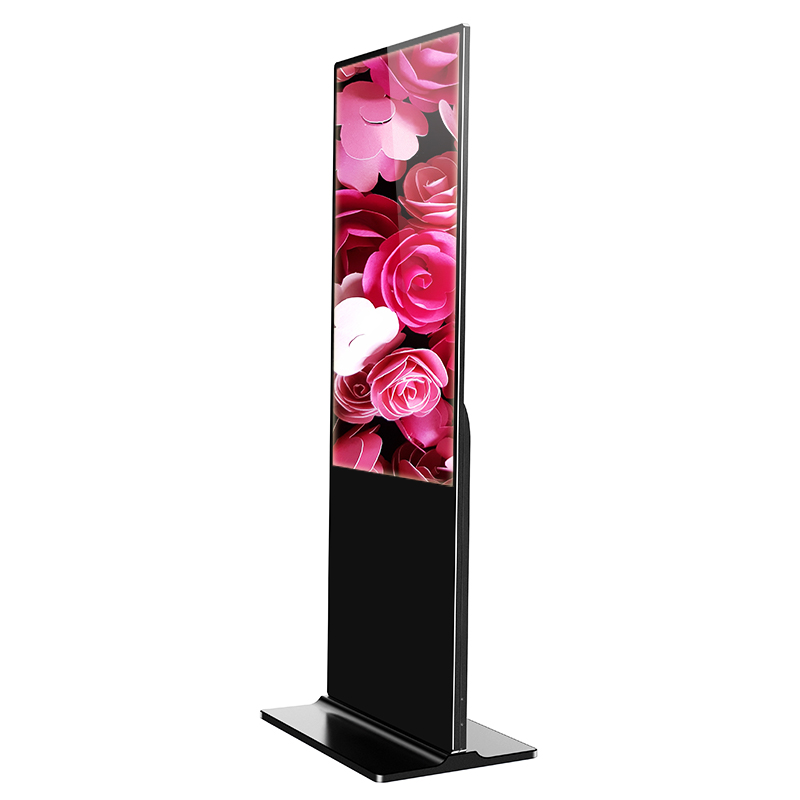
Benefits
1. Enhanced User Experience:
- Intuitive Interaction: Allows users to navigate content and complete tasks through touch gestures, providing a familiar and user-friendly interface.
2. Cost Savings:
- Reduced Labor Costs: Minimizes the need for dedicated staff to handle transactions and customer inquiries, lowering operational expenses.
- Lower Overheads: Optimizes space utilization and reduces the physical footprint required for service delivery compared to traditional service counters.
3. Accessibility and Inclusivity:
- Accessible Design: Supports accessibility features such as adjustable font sizes, audio outputs, and tactile feedback, ensuring usability for users with disabilities.
- Multilingual Support: Offers language options to cater to diverse customer demographics, enhancing inclusivity and accessibility for non-native speakers.
4. Security and Reliability:
- Secure Transactions: Implements robust security protocols and encryption standards to protect sensitive user data and ensure secure financial transactions.
- Durable Construction: Built with durable materials and weatherproof enclosures for outdoor installations, ensuring reliability and longevity in various environmental conditions.
Customization
1. Branding and Visual Design:
- Branded Interface: Customize the user interface (UI) with logos, color schemes, and typography that align with the organization's brand identity.
- Themed Templates: Use themed templates for different seasons, promotions, or events to maintain a consistent brand image.
2. Content Management:
- Dynamic Content: Display dynamic content such as videos, animations, and interactive elements to engage users and convey messages effectively.
- Content Scheduling: Schedule content updates and promotions based on time of day, day of week, or specific events.
3. User Interface (UI) Design:
- Intuitive Navigation: Design intuitive menus and navigation paths that guide users through the desired actions or information retrieval process.
- Touch Optimization: Optimize touch sensitivity and responsiveness to ensure smooth interaction with the touch screen interface.
4.Language and Accessibility:
- Multilingual Support: Provide language options to accommodate diverse user demographics and ensure accessibility for non-native speakers.
- Accessibility Features: Implement features such as adjustable font sizes, audio outputs, and tactile feedback to cater to users with disabilities.
5. Security Features:
- Secure Transactions: Implement encryption and secure protocols to protect user data during transactions and interactions.
- Physical Security: Enhance physical security with vandal-resistant enclosures, anti-tamper mechanisms, and surveillance systems for outdoor installations.
6. Hardware Configuration:
- Screen Size and Type: Select appropriate screen sizes and types (e.g., LCD, LED) based on visibility requirements and environmental conditions.
- Peripheral Integration: Add peripherals such as barcode scanners, RFID readers, printers, and cameras to extend functionality and support specific use cases.
7. Location-Specific Adaptations:
- Environmental Resilience: Customize kiosk enclosures and hardware to withstand specific environmental factors such as temperature extremes, humidity, and sunlight exposure.
digital kiosk,
touch screen
Address: No. 99-15, Fuan intelligent manufacturing Industrial Park, Dayang Road, Fuhai Street, Baoan District, Shenzhen, China
- Tel:+852 59566712
- Email: frank@lien.cn
- Worktime:8:00-02:00
- Contact Person:Frank
- Mobile Site



